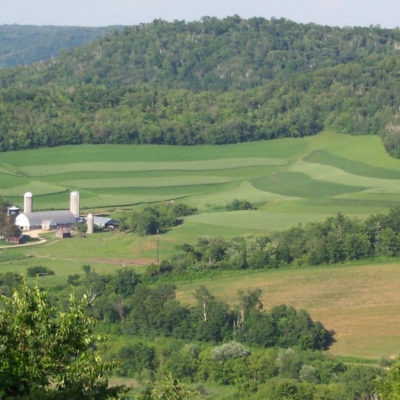Now is the Time to Create a More Humane Healthcare System
As of today— April 10 — due to the outbreak of COVID-19, nearly 350,000 Minnesotans have applied for unemployment benefits. That is already more than the total number of applicants in all of 2019. Nationally, 16.6 million Americans have applied for unemployment benefits in the past three weeks. In the wake of a global pandemic,… Read More →
